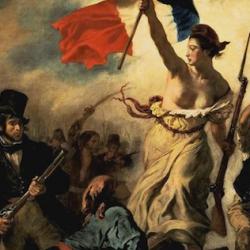In a scathing TLS piece, John Gray describes the “un-liberty” of “hyperliberalism,” today most clearly evident on university campuses.
Under the older liberal regime, “Academic disciplines cherished their orthodoxies, and dissenters could face difficulties in being heard. But visiting lecturers were rarely disinvited because their views were deemed unspeakable, course readings were not routinely screened in case they contained material that students might find discomforting, and faculty members who departed from the prevailing consensus did not face attempts to silence them or terminate their careers.”
It might seem that liberalism has been abandoned: “Practices of toleration that used to be seen as essential to freedom are being deconstructed and dismissed as structures of repression, and any ideas or beliefs that stand in the way of this process banned from public discourse.”
Like other observers, Gray thinks that hyperliberalism is not so much an abandonment of liberalism as its intensification. Going back to Mill, liberalism was always a variety of the Religion of Humanity.” That religion has become increasingly jealous, devoted to an abstracted human deity: “The Supreme Being has become an unknown God – a species of human being nowhere encountered in history, which does not need to define itself through family or community, nationality or any religion.”
In short, “a hyper-liberal ideology has developed that aims to purge society of any trace of other views of the world.”
Liberalism thus inverts into tyranny: “When students from China study in Western countries one of the lessons they learn is that the enforcement of intellectual orthodoxy does not require an authoritarian government. . . . A defining feature of tyranny, the policing of opinion is now established practice in societies that believe themselves to be freer than they have ever been.”
















